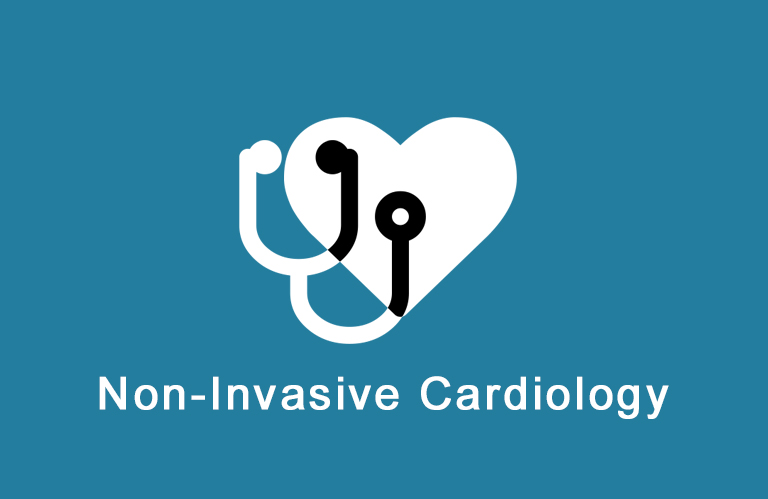Echocardiography

Procedure:
- M-mode echocardiogram. It is the simple type of echocardiogram which produces an image, similar to a tracing instead of the actual picture of heart structures. M-mode echocardiogram is necessary as we measure the heart structures, like the heart’s pumping chambers, the size of the heart, and the thickness of the heart walls etc.
- Doppler echocardiogram. This echocardiogram is used to measure and assess the flow of blood through the heart’s chambers and valves. Doppler echocardiogram depicts the amount of blood pumped out with each beat, which is a way to let us know that how well our heart is working. Also, Doppler can easily detect abnormal blood flow within the heart, which can be a sign of a problem with one or more of the heart’s four valves or with the heart’s walls.
- Color Doppler. Color Doppler utilises different colors are used to show the direction and intensity of blood flow.
- 2-D (two-dimensional) echocardiogram. The purpose of this echocardiogram is to evaluate the size and functioning of the heart and the valves. A 2-D echocardiogram view looks cone-shaped on the screen, and the real-time motion of the heart’s structures can be seen.
- 3-D (three-dimensional) echocardiogram. 3-D echo captures 3-D views of the heart structures with more depth than 2-D echo. The live or “real time” images provides for a more accurate assessment of heart function by using measurements taken while the heart is beating. 3-D echo shows more enhanced views of the heart’s anatomy and can be used to determine course of treatment.
Major Indications:
This enables detailed anatomical assessment of Cardiac pathology, particularly
- Valvular defects,
- Congestive heart failure,
- Congenital heart disease,
- Aneurysm,
- Cardiomyopathies.
Our Offerings
- Aquilion One Prism 640-slice CT Scan
- Pulmonary Hypertension Clinic
- Electrocardiography (ECG or EKG)
- Cardiac biomarkers
- Echocardiography
- Transthoracic (TTE) Echocardiography
- Transesophageal echocardiogram
- Stress echocardiography
- Treadmill test
- Holter monitor (or ambulatory electrocardiography device)
- Head up Tilt table test
- Defibrillation
- CT Angiogram
- Cardiovascular magnetic resonance imaging (Cardiac MRI)




